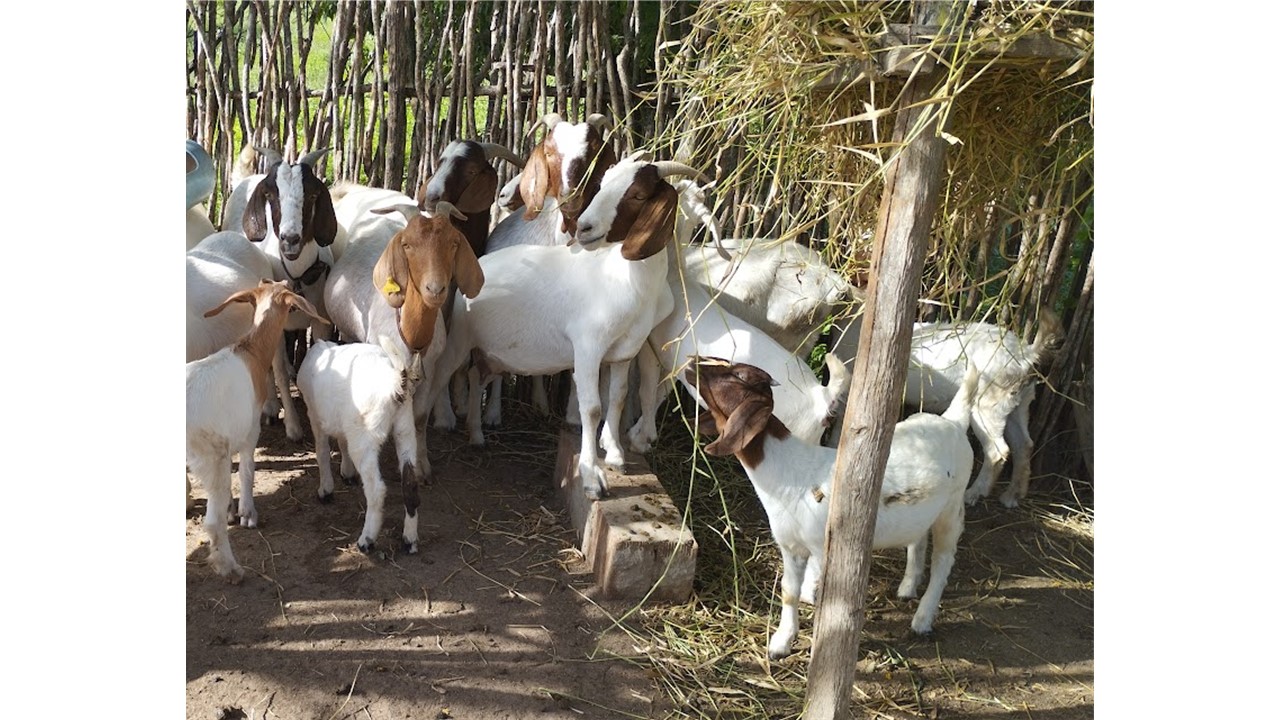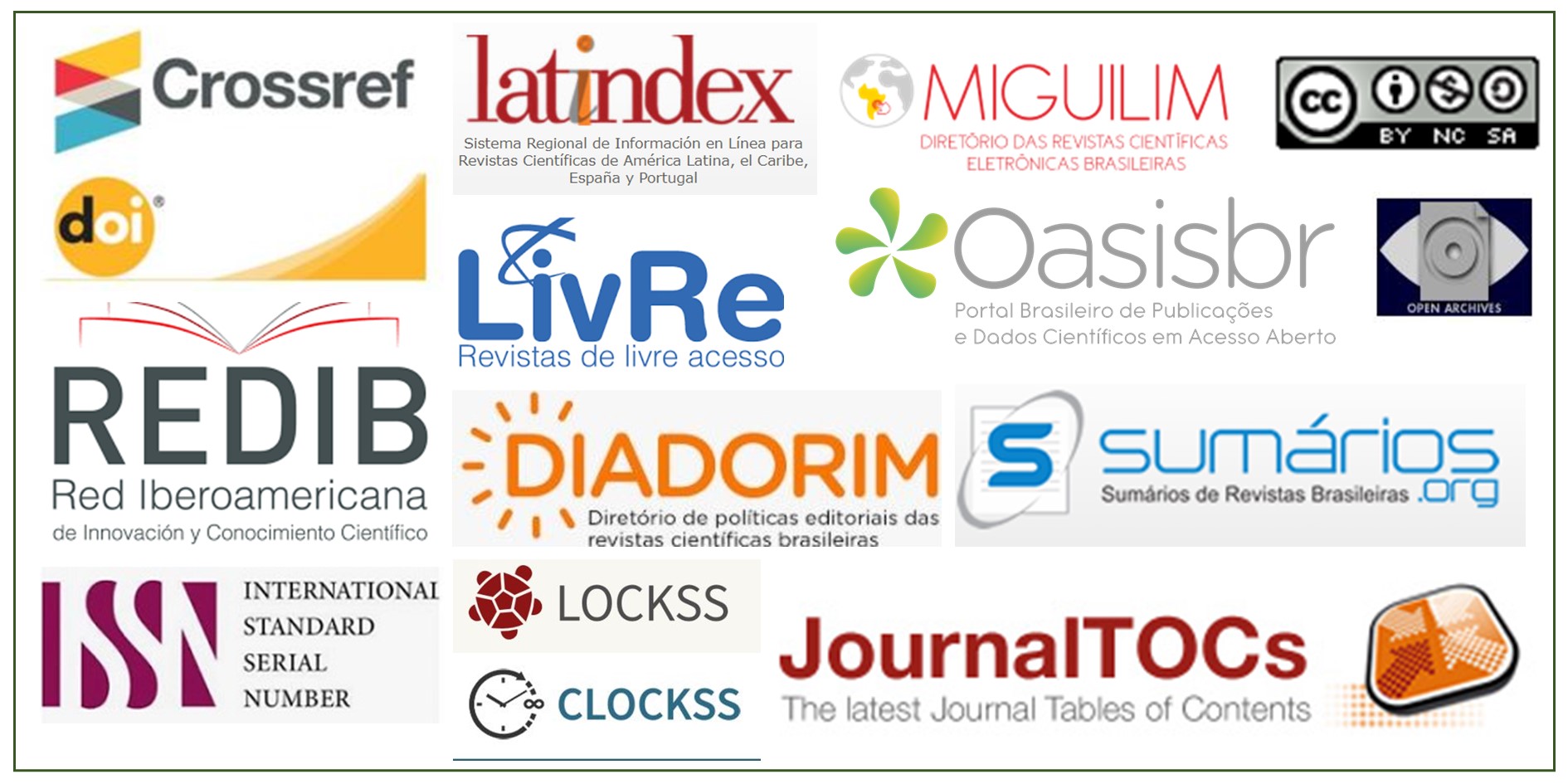Nutritional management and evaluation of food conversion of boer goats raised in a semi-intensive system in the equatorial semi-arid
DOI:
https://doi.org/10.52755/sas.v5i1.202Keywords:
Beef goat farming, Weight Analysis, Native Forages, Water AcarcityAbstract
Beef goat farming in the northeastern semi-arid region plays a crucial economic role and the Boer breed, originally from South Africa, is recognized for its adaptability to arid climates, as well as being notable for its rapid weight gain, high fertility and excellent body conformation, favoring still in the consolidation of such a means of production. In this sense, the study aimed to evaluate the nutritional effectiveness of Boer goats on a property located in Queimadas, Paraíba. The research involved detailed analysis of the weights of eight animals over three visits with 15-day intervals between them. It is worth mentioning that the nutritional management adopted in a semi-intensive system must combine native pastures with strategic supplementation of native forages and energy and protein concentrates, aiming to guarantee a balanced diet, especially in periods of water scarcity. Thus, the results highlighted significant variations in animal weight gains, emphasizing the critical importance of nutritional management adapted to local conditions. Furthermore, analysis of forage plants revealed marked differences in fresh mass, relative humidity and dry mass content between species such as Mimosa caesalpiniifolia Benth. and Prosopis juliflora. These results highlight the need for careful and adaptable management to regional particularities to optimize productivity and nutritional quality in beef goat farming. It is concluded that nutritional strategies are fundamental to promote sustainable and efficient management of beef goat farming in the semiarid northeastern region, contributing to the economic and environmental viability of this activity in the region.
Downloads

Downloads
Published
How to Cite
Issue
Section
License
Copyright (c) 2025 Fernando Amon, Humberto Cardoso de Souza, Giordan Flávio Garcez Lira, Yasmin Hosana Nascimento Porto, Francisco de Assys Romero da Mota Sousa, Flora Juenemann Klengues, Bruna Santos da Silva, Thaysa Karolina de Barros Neves, Larissa Silva Nelo Oliveira, Thyago Araújo Gurjão

This work is licensed under a Creative Commons Attribution-NonCommercial-ShareAlike 4.0 International License.
Autores concordam com os seguintes termos:
a) Os autores mantêm os direitos autorais e concedem à revista o direito de primeira publicação, com o trabalho simultaneamente licenciado sob a LicençaAttribution-NonCommercial-ShareAlike 4.0 International, que permite o compartilhamento do trabalho com reconhecimento da autoria e publicação inicial na Revista SAS. A licença permite o uso, a distribuição e a reprodução irrestrita, em qualquer meio, desde que devidamente citada a fonte. Essa licença permite também que outros remixem, adaptem e criem a partir do seu trabalho para fins não comerciais, desde que atribuam a você o devido crédito e que licenciem as novas criações sob termos idênticos.
b) Não cabe aos autores compensação financeira a qualquer título, por artigos ou resenhas publicados na South American Sciences.
c) Os conceitos expressos nos artigos publicados na South American Sciences são de inteira responsabilidade de seus autores.








